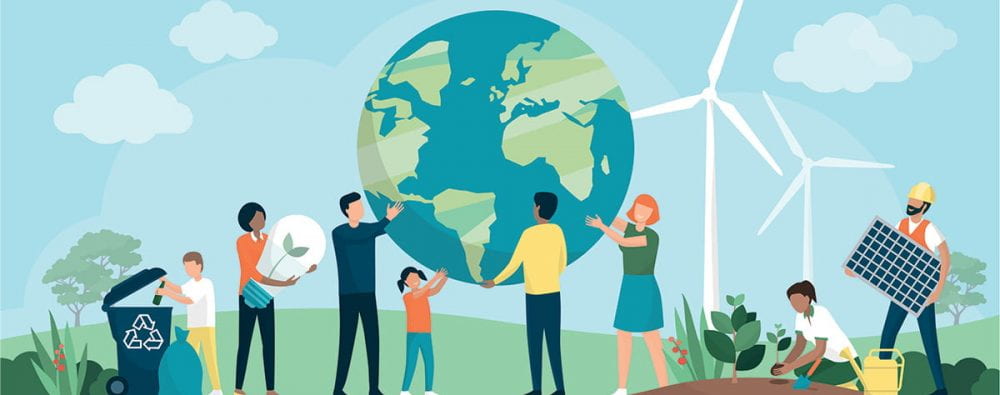It is common in hispanic culture that most households reuse items to give them a new purpose. Growing up as a hispanic myself, my family and I were practicing sustainable habits without even knowing it!
More people should adopt this sustainable lifestyle since it is cost effective and at the same time helps the environment. Today, I am here to introduce you to a list of items that my family and I have reused and repurposed so that you can too!
Plastic Bag from the Grocery Store
(Because you forgot your reusable bag at home, of course)
The average American family takes home almost 1,500 plastic shopping bags a year. Plastic bags are also used for an average of 12 minutes. To extend their time span of use, they can be used as a trash bag for small trash bins around the house like for your room or restroom. This way, you can refrain from purchasing actual smaller sized trash bags saving you money and cutting back on plastic usage. That is, of course, if you forget a reusable grocery bag.
Plastic Food Containers
Brace yourself for someone in your family to eventually be deceived by this. Reusing food containers for other food is a great way to avoid paying for more plastic tupperware. The world produces more than 380 million tonnes of plastic every year and this sustainable habit can help cut that number down. Plastic containers can be reused over and over again.
Old Clothes
Old, torn clothes can be repurposed as a cleaning rag to get rid of dusty areas. It is green and also cost effective. According to the World Wildlife Fund, it can take 2,700 liters of water to produce the cotton for a single t-shirt. So might as well make the most of it instead of throwing it away.
Plastic Bottles
Instead of going out to find a pricey pot for your plant, you can reuse a plastic water bottle. Instead of buying a pencil container, use a water bottle. Instead of purchasing a watering can for your plants, use a water bottle. The ways you can reuse a water bottle are bountiful; from making a bird feeder to using the water bottle to suck egg yolk to even making a jewelry stand.
Disposable Razors
Once your razor becomes too dull to use for shaving, you can repurpose it to remove lint from your clothes. Like any sustainable habit, it is cost effective and this one will make your clothes look nice and presentable.
Extending the usage of items such as the ones mentioned creates a household with sustainable habit and slows down purchases of disposable items. Growing up in a hispanic household there was no such thing as disposable, only reusable. That itself is living sustainably. You do not need to be Greta Thunberg or Leonardo DiCaprio to make a difference.
Tag us @envirojunkiess on your Instagram/Twitter posts sharing if your family did the same growing up or if you have more items in mind that can be reused or repurposed feel free to share that with us!
Links:
https://ourworldindata.org/plastic-pollution
